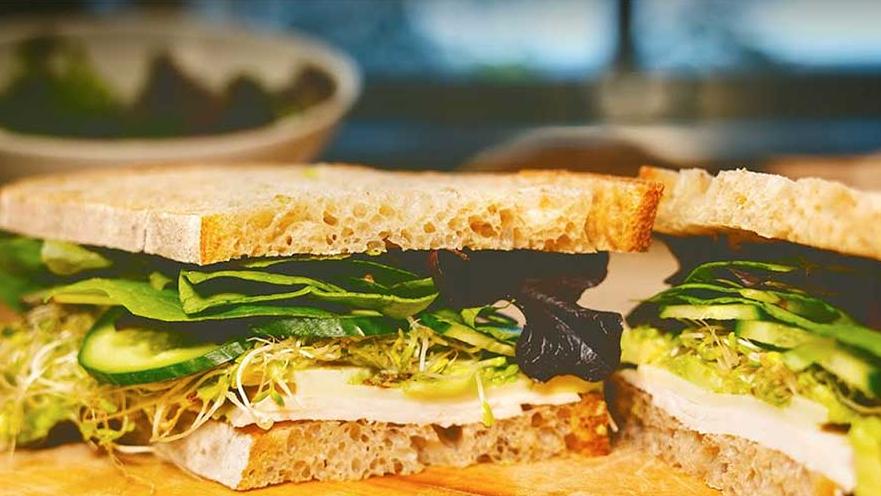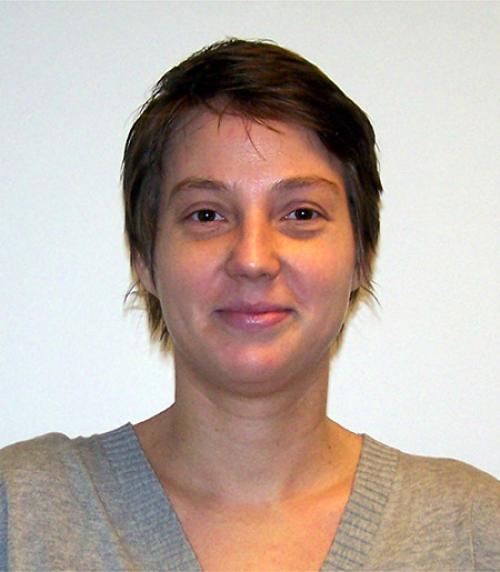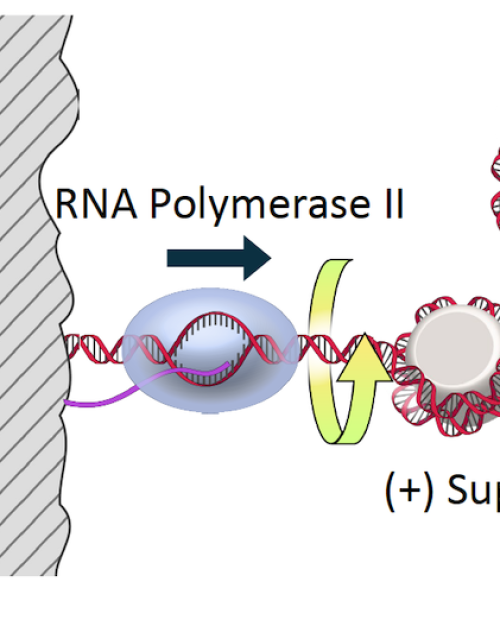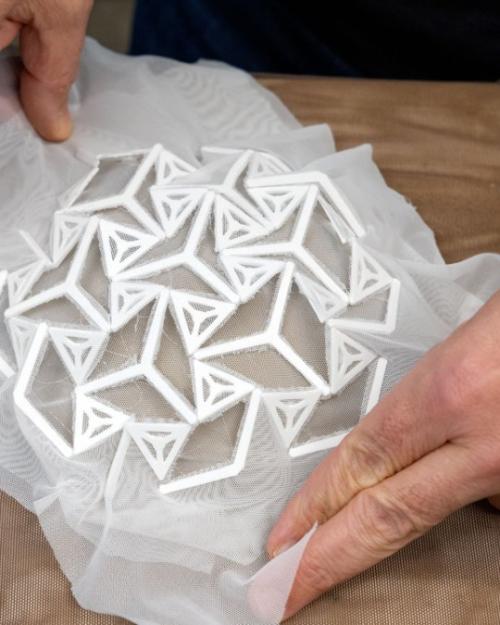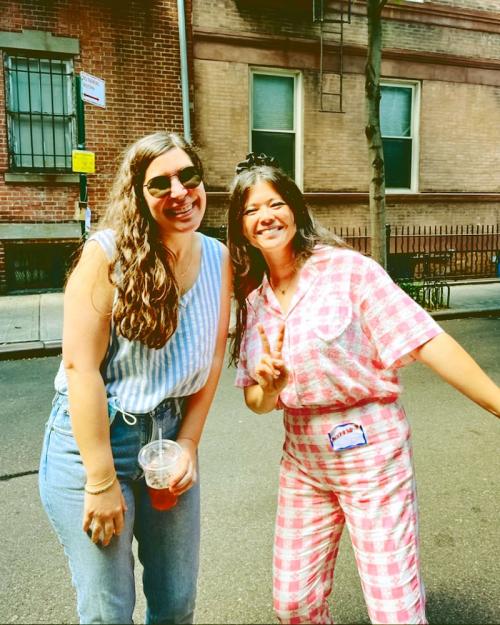In summer 2020, when much of the country was in lockdown, Natasha Pickowicz ’06 and Alison Leiby ’06 escaped their respective apartments in Brooklyn to meet at the beach, where they swam hard and worked up an appetite.
They then shared their favorite lunch: a simple sandwich of soft deli bread smeared with avocado, topped with a thin layer of turkey and cheese, and piled high with fresh greens like arugula, spinach, and sprouts.
They call this creation the “Friendship Sandwich”—and they’ve been enjoying it, together and separately, for nearly 20 years. Fittingly, it was a fellow Cornellian (food writer G. Daniela Galarza ’04) who featured the friends’ favorite comestible in her “Eat Voraciously” newsletter in the Washington Post. In July 2022, the simple-but-tasty meal reached a global audience when it was featured in a Washington Post food column.
“It’s a salad in sandwich form,” the paper observed, “and it’s a signature of their long-lasting friendship."
Back in fall 2002, Pickowicz and Leiby were newly matriculated Cornellians who met during Orientation Week and immediately hit it off. They’d both go on to major in English in Arts & Sciences; get cut from the Big Red crew team on the same day; and share similar tastes in food, especially when it comes to sandwiches.
Read the full story – plus a recipe for the Friendship Sandwich – in Cornellians.
